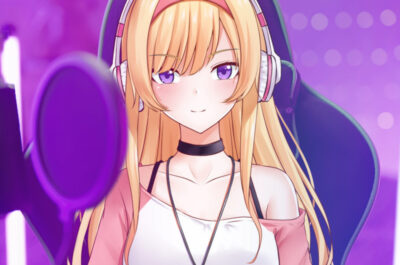In seiner Auftaktrede zur Web 2.0 Expo hat Tim O’Reilly betont, dass noch immer viele nicht wissen, was es mit dem Begriff Web 2.0 wirklich auf sich hat.
Was ist Web 2.0? Tim O’Reilly erklärt es im Blogpiloten-Interview.
„Also, Web 2.0: Zunächst mal ist das die Idee, dass das Netz und nicht der PC heute die wichtigste Plattform für Computeranwendungen ist. Die Anwendungen, die den Leuten wichtig sind, sind nicht mehr Dinge wir Microsoft Word oder eine Tabellenkalkulation. Es sind Dinge wir Google oder Amazon, oder als Kind vielleicht MySpace.
Wenn wir aber darüber nachdenken, müssen wir bedenken, dass jedes Mal, wenn wir eine neue Plattform in der Computerindustrie bekommen, die Dinge wieder anders laufen. Deshalb haben wir angefangen, darüber nachzudenken, was das Web anders macht.
Und was das Web anders macht ist, dass man in diesem Netzwerk die Möglichkeit hat, Anwendungen zu bauen, die immer besser werden, je mehr Menschen sie nutzen. Und sie wachsen organisch in einer Art Gespräch mit dem Nutzer.
Man sieht das bei jeder großen Firma, die im Web erfolgreich war. Sie nutzen alle auf ihre Art das Netz, um kollektive Intelligenz nutzbar zu machen und um durch Nutzerbeiträge besser zu werden. Und das, denke ich, ist das Herz des Web 2.0.
Warum nennen wir es Web 2? Nach der Dotcom-Blase und dem Dotcom-Crash, der in wirklichkeit ein Börsenphänomen war, dachten viele, dass das Web vielleicht vorbei sei, und wir dachten, dass es damit noch weitergehe. Web 2 bezieht sich also nicht so sehr auf eine neue Technologie, sondern vielmehr auf das Wiederaufleben des World Wide Webs als wichtiges technologisches Phänomen.“
Weitere Erklärungen? 8 Blogger erklären ihren Job.
For our English-speaking readers, here’s how Tim O’Reilly explains what Web 2.0 is:
„So Web 2.0: First off, it’s the idea that the Web, rather than the personal computer is the most important platform for computer applications today. The applications that matter to people are no longer things like Microsoft Word or a spreadsheat. It’s things like Google, or Amazon, or if you’re a kid maybe it’s MySpace.
When we think about this, though, we have to realize whenever we have a new platform in the computer industry things work differently. So we started thinking about what makes the Web different.
And what makes the Web different is that on the network there’s the potential to build applications that actually get better the more people use them. And they actually grow organically in kind of a conversation with the users.
You can look at this with every major company that succeeded on the Web. They’re all in some way using the network to harness collective intelligence, to get better by user contribution. And I think that’s really the heart of Web 2.0.
As to why we call it Web 2, it was really after the Dotcom Bubble, and the Dotcom Bust, which was really a stock market phenomenon, everybody thought maybe the Web was over, and we thought it was still going. So Web 2 really refers not to a new technology so much as the second coming of the World Wide Web as an important technological phenomenon.“
Artikel per E-Mail verschicken
Schlagwörter: Interview, LIFE, Web2ExpoBerlin, Wie sag ich's meinen Eltern




13 comments
Whow! Der Mann ist ja echt knorke! Und det Lächeln am Ende ist ja so wat von Charmant!
Oh my god.
Ich bin in einem Video mit O’Reilly
So it seems that Tim has a very tech-savy mom.
Welche Ehre! Auf der Startseite der Web2.0-Expo ist unser Interview mit Tim O´Reilly zu sehen.
Blogpiloten – Nun freue Dich!
Manuelles Trackback:
http://www.politik-digital.de/metablocker/archives/1559-Tim-OReilly-im-Videointerview-bei-den-Blogpiloten.html
dat wa jezz zu hoch füa miCh… gibz dat auch in billigdeutsch?